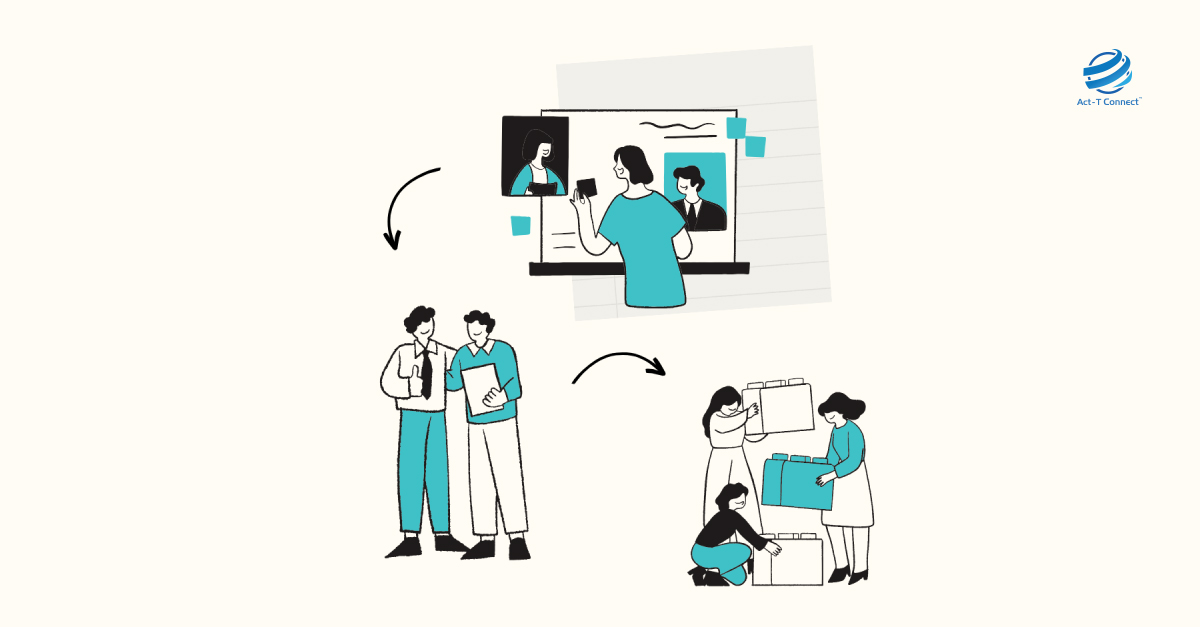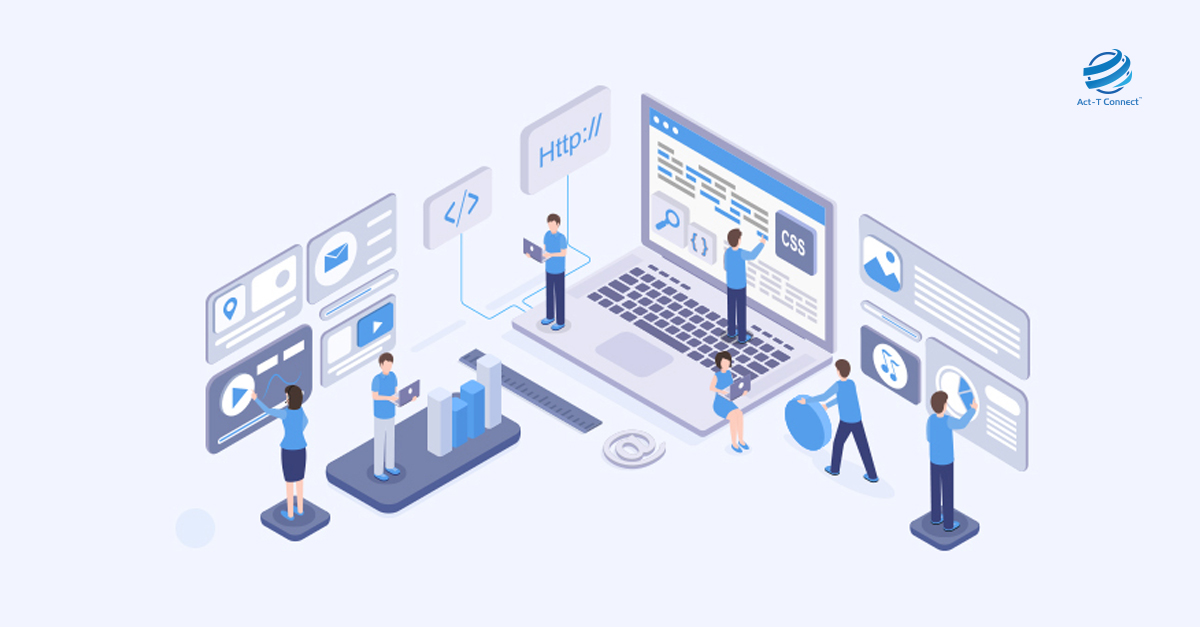
In the
ever-evolving landscape of software development, a transformative force is
reshaping how code is written, applications are built, and solutions are
deployed. The rise of Artificial Intelligence (AI) and Machine Learning (ML)
has ushered in a new era where algorithms learn, adapt, and optimize,
fundamentally changing the way developers approach their craft. Let's explore
the profound impact of AI and ML on software development and how this
technological duo is shaping the future of coding.
Why the Hype?
The
allure of AI and ML in software development lies in their ability to address
some of the industry's most pressing challenges:-
- Increased efficiency and productivity: Automation of repetitive tasks frees up developers to focus on more strategic and creative aspects of software creation.
- Improved code quality and security: AI-powered tools can analyze code for errors and vulnerabilities, leading to more robust and secure software.
- Enhanced personalization and user experience: ML algorithms can personalize user interfaces and tailor functionalities to individual preferences, leading to more engaging and intuitive experiences.
- Data-driven insights and decision-making: By analyzing vast amounts of data, AI and ML can provide valuable insights into user behavior, market trends, and potential risks, allowing for data-driven decision-making throughout the development process.
How is AI & ML Transforming Development?
The
applications of AI and ML in software development are diverse and continuously
evolving. Here are some key areas where they are making a significant impact:-
- Code generation and completion: AI-powered tools are learning to write code based on developers' intent and existing code patterns, potentially reducing the time and effort required for coding.
- Testing and debugging: ML algorithms can automate test case generation and identify bugs with greater accuracy, streamlining the testing process and improving software quality.
- Requirements engineering and design: AI can analyze user data and feedback to generate initial prototypes and suggest design improvements, leading to more user-centric software.
- Continuous integration and continuous delivery (CI/CD): AI-powered tools can automate the CI/CD pipeline, ensuring faster and more reliable software releases.
The Challenges and Opportunities
While
the potential of AI and ML in software development is immense, challenges
remain:-
- Data availability and quality: Training AI models requires large amounts of high-quality data, which can be a challenge for some organizations.
- Explainability and interpretability: Understanding how AI models make decisions can be difficult, leading to concerns about bias and transparency.
- Job displacement and skill shift: Automation may lead to job losses in certain areas, necessitating a shift towards new skillsets for developers.
Embracing the Future
As AI
and ML continue to redefine software development, developers are presented with
both challenges and opportunities. Embracing these technologies requires a
commitment to continuous learning and adaptation. Developers need to understand
the capabilities of AI and ML, integrate them judiciously into their workflows,
and leverage the power of these technologies to enhance creativity and
problem-solving.
The rise of AI and Machine Learning in software development marks a pivotal moment in the evolution of technology. Developers equipped with these tools are empowered to build more efficient, secure, and adaptive software solutions. As we navigate the future of coding, the synergy between human ingenuity and machine intelligence promises a renaissance in software development.






